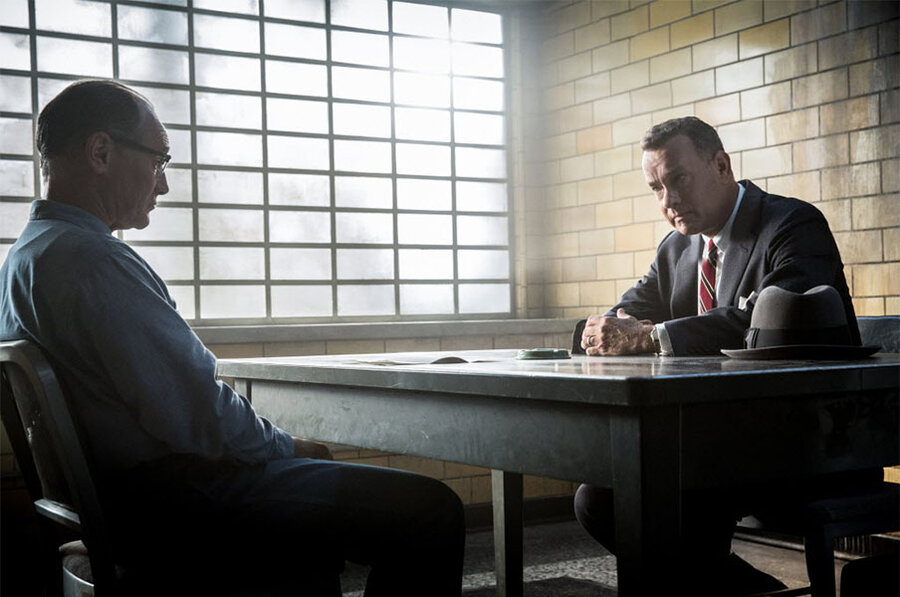'Bridge of Spies': How Steven Spielberg's film is different from other Cold War movies
Loading...
Steven Spielberg’s newest film, “Bridge of Spies,” opens on Oct. 16.
“Bridge” centers on James Donovan (Tom Hanks), a lawyer who becomes involved in a prisoner exchange with Rudolf Abel, a spy for the Soviet Union, being exchanged for American pilot Francis Gary Powers.
The film is the newest historical work for Spielberg. He also directed the 2012 film “Lincoln,” 2005’s “Munich,” and the World War II stories “Saving Private Ryan” and “Schindler’s List,” among others.
“Bridge” takes place during the Cold War and its true story shows how at one point the fears of the paranoid era came true: there really was a spy for the Soviet Union living in America. The story is more inspiring than anything, however. Spielberg focuses on the fact that Donovan was an everyday person who chose to do what was right in defending Abel in court, and the role has critics comparing Hanks to actor James Stewart, who stars in such inspiring movies as “It’s a Wonderful Life” and “Mr. Smith Goes to Washington.”
This depiction is different from some famously dark Cold War movies, many of which were made as the political situation was still going on. A classic of the genre is the 1964 movie “Dr. Strangelove or: How I Learned to Stop Worrying and Love the Bomb.” Stanley Kubrick’s film is a dark look at war and politics, with lines like “War is too important to be left to politicians” and the film ending with various nuclear bombs going off.
Films based off works by writer John le Carré like the 1965 film “The Spy Who Came in from the Cold” (a movie referenced by Spielberg himself as one of his inspirations) and 2011’s “Tinker Tailor Soldier Spy” often have characters with ambiguous morals. “Spy” has protagonist Alec Leamas (Richard Burton) unaware for most of the film of what side various people are on and the film does not end well for his optimistic girlfriend Nan (Claire Bloom).
Even a movie starring actors more known for such films as “Dirty Dancing” and “Back to the Future” has a dark plot. The 1984 movie “Red Dawn,” starring Patrick Swayze, Lea Thompson, Jennifer Grey, and Charlie Sheen, centered on teenagers whose town is taken over by Communist forces. Some of the characters are killed, though at the end of the movie, it appears that American forces were able to defeat the Communist forces in the country.
A 1983 movie also starring a young star of that time presented a somewhat pacifist message. The film “WarGames,” starring Matthew Broderick, has a computer conclude in a famous line from the movie that in nuclear war, “the only winning move is not to play.”
Meanwhile, Spielberg’s theme in “Bridge of Spies” of people teaming up to make a difference is echoed in his other films, as with “Lincoln,” in which the president and others work to abolish slavery, and in “Saving Private Ryan,” in which American soldiers search for a fellow military man so he can be sent home. In “Schindler’s List,” the work of Oskar Schindler and Itzhak Stern resulted in many lives being saved during the Holocaust.






